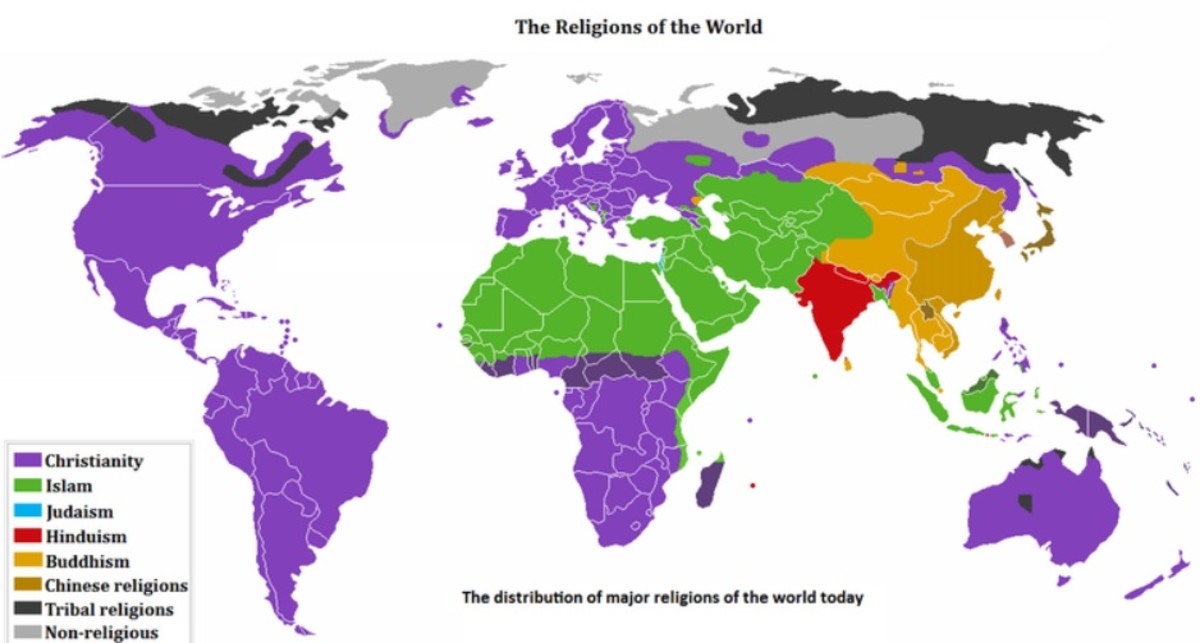Lessons from Shinto Teaching on Kami
There are three basic concepts on Kami as per the Shinto teaching.
The first of this concept is that the Kami may be inform of human, animist or simply the nature forces or features. The second concept is that there are Kamis who are morally good while others are unpredictable and dangerous. Lastly, the Kami is extant in the current environment and may interrelate with the world and humanity. Shinto believes have encompassed several ideas of Kami. These ideas are closely interrelated, but they are not interchangeable and reflect both varied ideas and different interpretations to the same.
Further, these concepts reflect on my view and experience in various ways. I have all along understood that the world contains both internal and external elements. The internal characters may not be visible to the physical realm, but controls the behavior and activities that occur in the physical realm either indirectly or directly. This implies that the invisible part of the world is cause and hence, more significant than the physical part.
In one perspective, Kami may refer to a quality that is possessed by beings. Further, it may refer to property whereby, it is considered as the mystical or sacred element found in most things. In essence, it is found anywhere and in everything, and it is whatever makes an object to be itself rather than to be something else. Kami possesses a specific life-giving, corresponding power, musubi. In accordance to Shinto teachings, not all Kami possess good qualities, there are some that are extremely evil. Moreover, Kami are not as divine as the omnipotent and transcendent deities that are found in other religions. In addition, they are not inherently special to man or nature. In essence, they are simply considered an elevated manifestation of the force life, an awesome or extraordinary version.
The Shinto Explanations of the invisible world has made it easy to understand the realm of the invisible, as well as the causal reality, which should not remain a mystery to humanity. In essence, the Shinto explanations on the invisible world may be used to make people understand the inner dimension of human life, which will subsequently put the existence of human life into proper perspective.
In Japanese religion, the arrival of Buddhism from china and its long coexistence with Shintoism led to the merging of Buddhism and Shintoism. Shintoism gods were given similar positions with those of Hindu Buddhism. Moreover, since the symbol of Buddha Vairochana was the sun, various people in Shinto equated Amaterasu, the goddess of the sun, as a reincarnation of bodhisattva. Later, the emergency of Shogunate Tokugawa era saw the revival of Shinto. Furthermore, Shinto scholars started arguing that the Buddhas were earlier incarnations of the Shinto gods, reversing traditional positions of these religions. However, the two religions were separated officially during the Meiji Restoration after which the brief and socially transformative rising of State Shinto followed.
Apparently, Confucianism influenced the thoughts of Japanese scholars greatly since its arrival. This is evident in works written by Kami priests and nobles from medieval times. There are two major scriptures, which were produced by Confucianism and Buddhism into Japan, the Nihongi and the Kojiki. The native Japanese produced them as they tried to preserve their primitive religion following the introduction of Buddhism and Confucianism in Japan.
Apparently, the philosophical impact of Budhism, Shintoism and Confucianism has manifested themselves in different ways in modern perspectives of China. This influence can be seen in day-to-day life aspects as well as in organizational contexts in form of employee motivation, performance appraisal, teamwork, equal employment and pay, leadership, strategy formulation among other areas. It should also be considered that many of the Japanese industries have been able to succeed owing to the ethics and discipline of the people with beliefs of Confucianism, Shinto and Buddhism.






